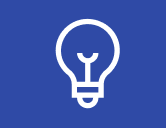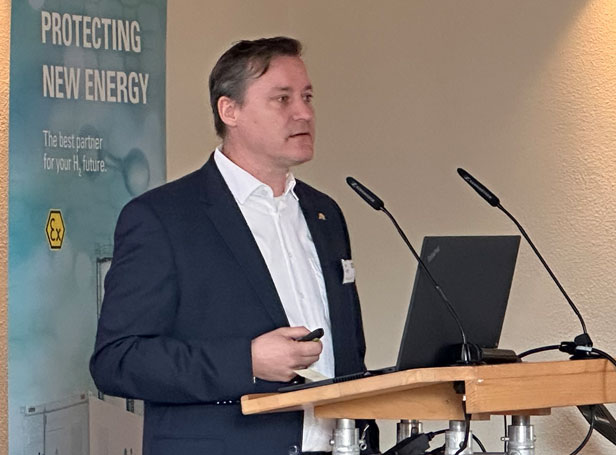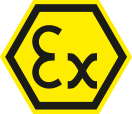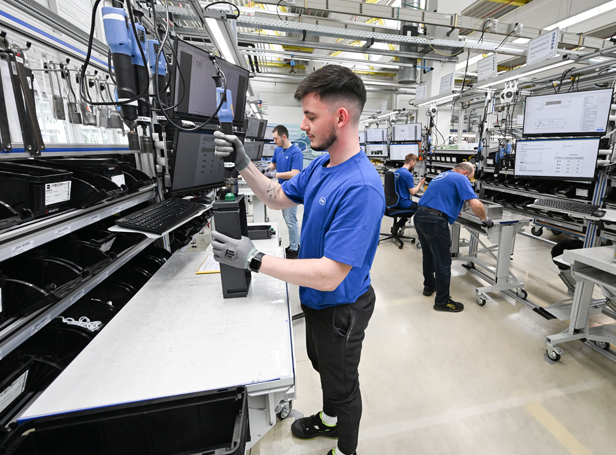Theory is now being implemented in practice: Digital twins achieve a breakthrough
In engineering and system operation, not only is looking for device information time-consuming, it is also usually inefficient and associated with high follow-up costs. A new platform provides a solution by combining digital nameplates with a digital twin based on the asset administration shell.
It's Friday night at a chemical company's continuous plant and production is at a standstill because a field device relevant to plant safety has failed. The factory manager's stress levels are high and still rising because the company doesn't have a replacement for the affected device in stock and the device is no longer available from the manufacturer. Maybe the successor product will be compatible? But to answer this question, the operating engineer has to go back to the office (if they haven't done so already), research specifications and compare these with the properties of potential new devices. The replacement is delayed – the costs for the standstill are rising; once again everyone wishes that such hold-ups wouldn't be caused by the time-consuming process of searching for information.
This is a typical scenario encountered almost every day in the process industry. And this is just one of the many reasons which led R. STAHL to develop the new digital twin platform. For the first time, this provides all of the information required for planning, operation and maintenance based on digital nameplates – marking a milestone in the process industry. For example, the platform automatically notifies R. STAHL customers if firmware updates are available – something which is likely to become increasingly important with regard to cybersecurity. What's more, maintenance is simpler and all information about a device is available on-site – also for the successor products. It is even possible to automatically created pre-populated returns forms: Scanning the QR code on the digital nameplate initiates the returns on R. STAHL's platform. The product information saved in the manufacturer cloud is automatically transferred to a returns form, which is then sent digitally. Service technicians need only provide the reason for the return as well as the safety certificate – saving a lot of time for maintenance staff.
Asset administration shells provide up-to-date information
The cornerstone of this is the digital nameplate, which is a technically more advanced version of the traditional rating plate. It provides all of the information and markings required for safe use and maintenance of products in digital form. All information can be accessed from anywhere in the world, at any time, thanks to QR codes or RFID tags according to IEC 61406 which are applied to the devices. This greatly simplifies and optimises maintenance work and operations management on the whole. It is also far easier to adhere to safety and compliance regulations when device data and documentation is always up to date and available.
This is made possible by using asset administration shells (AAS) according to IEC 63278-1: These provide all available information about a product and are updated where applicable, for example if a successor product becomes available. The information in the asset administration shell is classified (e.g. according to ECLASS), enabling the seamless exchange of data and ensuring interoperability.
R. STAHL ensures compliance with standards: The digital twin platform uses submodels such as the digital nameplate, technical data, handover documentation and contact information according to the strict specifications of the Industrial Digital Twin Association (IDTA). By doing so, R. STAHL is one of the first suppliers to fully implement the IDTA submodels for types and instances when using the digital twin in practice. The platform enables seamless integration and interaction with digital twins, achieving huge cost savings and improvements, from planning a system through to recycling.
R. STAHL's digital nameplate platform therefore makes it possible to effectively implement concepts relating to the industrial Internet of Things and to optimise processes throughout a system's entire life cycle. From planning and commissioning, right through to decommissioning, all of the relevant data is available directly and is interoperable. This not only helps with precise maintenance and fast troubleshooting, but also promotes sustainable operating practices. Planning costs, requirements for updating data, and downtimes are minimised and the environmental impact is reduced.
The digital data chain also ensures that the system documentation is always kept up to date with regard to the devices. This saves valuable time, not only if maintenance is required but also when extending systems, and ensures that operators have an overview of their installed equipment at all times.
The basis for the digital product passport according to the EU regulation
The combination of digital nameplates and the digital twin platform based on asset administration shells also addresses a compliance issue: According to the ESPR (Ecodesign for Sustainable Products Regulation) of the European Union, a digital product passport (DPP) will be mandatory for products from 2026 onwards. This measure aims to provide information about products with regard to their origin, composition, use and recycling in digital form so that they are sustainable and recyclable. Digital twins based on the asset administration shell are a particularly effective way of meeting these requirements. And the pressure applied by the ESPR is currently a key contributing factor in encouraging the launch of the digital twin based on the asset administration shell in the process industry.
Another special feature of a (type) asset administration shell is its capacity to be utilised while a machine or system is still in the design stages by providing access to all relevant data needed for a fully digital engineering process. This enables the parallel development of mechanical, electrical and programming aspects, resulting in a significant reduction in costs and resources.
Conclusion: R. STAHL's digital twin platform is a comprehensive solution for the process industry in order to dramatically increase efficiency and safety when operating systems. The integration of digital nameplates and asset administration shells according to IEC 63278-1 offers huge benefits to designers and operators of processing systems – not only for weekend standstills but also with the future EU regulations in mind.

The R. STAHL digital twin platform is designed for:

The digital twin platform has been developed for these six applications:
Further Reading:
These articles might also interest you







![[Translate to Englisch:] [Translate to Englisch:]](/fileadmin/user_upload/mitarbeiter/01_DE/07_Blog/00_Allgemein/blog-explosionsschutz-rstahl-startseite-279x205.jpg)
![[Translate to Englisch:] [Translate to Englisch:]](/fileadmin/user_upload/mitarbeiter/01_DE/07_Blog/00_Allgemein/blog-explosionsschutz-rstahl-ueber-den-blog-279x205.jpg)
![[Translate to Englisch:] [Translate to Englisch:]](/fileadmin/user_upload/mitarbeiter/01_DE/07_Blog/00_Allgemein/blog-explosionsschutz-rstahl-autoren-279x205.jpg)
![[Translate to Englisch:] [Translate to Englisch:]](/fileadmin/user_upload/mitarbeiter/01_DE/07_Blog/00_Allgemein/blog-explosionsschutz-rstahl-newsletter-expert-mail-279x205.jpg)
Write new comment